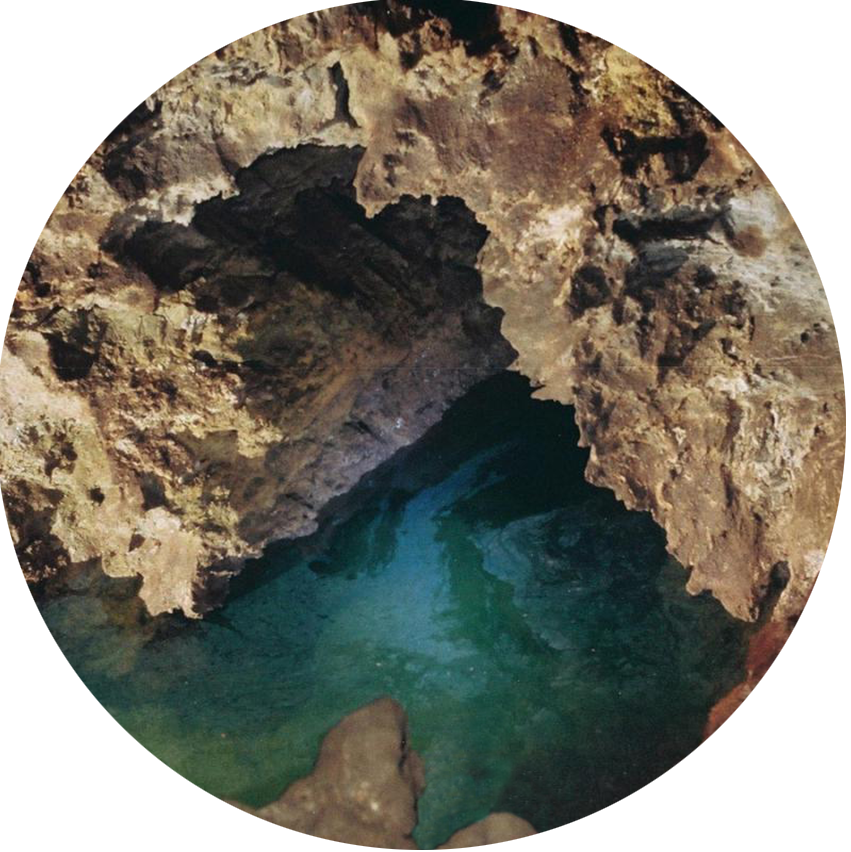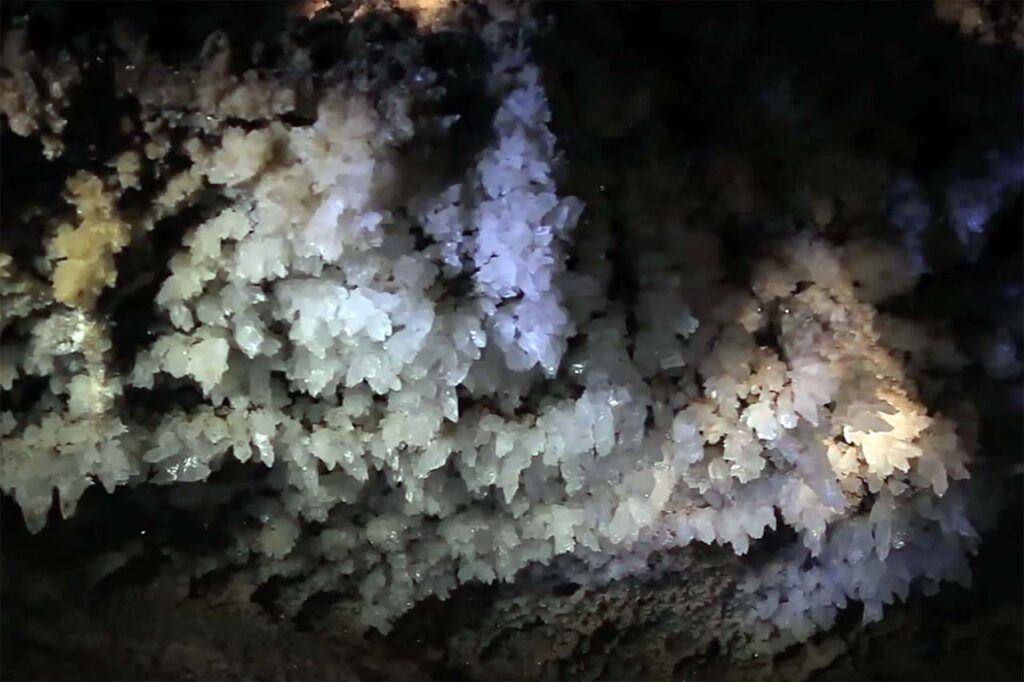
Plaster cave
8 kilometers from Baena, in the place known as ‘Puente de la Maturra’, is what is considered the fourth largest cave in Spain and the first at the provincial level. The formation, with rocks that date back to the Miocene and even to older periods, presents as one of its main characteristics, a level of massive gypsum about 60 meters thick, stratigraphically located between two levels of impermeable rocks (marls) that prevent hydrological connections to other nearby gypsum strata.
With high-rise spaces in which up to four main galleries and two secondary ones can be distinguished, it is developed on two different levels. The one with the best access is conditioned for your visit, existing inside various lakes and gypsum crystal formations of great interest and beauty. For its part, the second one, being less accessible, has enabled the conservation of an important colony of endangered bats and various species of decapod crustaceans that thrive only in this cave, as various studies have confirmed. international.
The cavity maintains a stable temperature throughout the year, about 21 degrees Celsius, which produces a pleasant thermal sensation and favors a visit in a journey of just under an hour through the very bowels of the earth.

Plaster Cave formations of this material.

Plaster Cave Inside the cavity.
Between history and legend
Although there are testimonies of previous internments, this cavity was not officially discovered until 1945 possibly because it was located near the area where the Cuesta Paloma salt flats are located. .
The locals, who since time immemorial entered its first section in search of the appreciated guano (bat excrement of great use as organic fertilizer), wove all kinds of legends related to the Mine, the name they gave to this cavity of natural origin. , but which in the collective imagination was supposed to have been carved by man in Muslim times. It was believed to be connected to some of the watchtowers in the region, such as the Montecillo tower or even to the castle of Castro el Viejo, in the old city that existed in Torreparedones. Legends that tell us about feared specters and fabulous treasures hidden there, perhaps the same ones sought by the owner of a Nasrid dagger discovered in the depths of a chasm, the same one that prevented him from continuing in search of the dreamed-of riches.
The plaster cave
The special geological characteristics and the unique microfauna discovered inside this cavity have made it an international benchmark for speleological research.